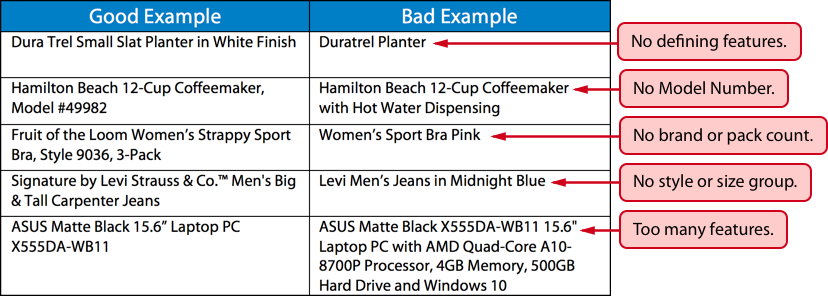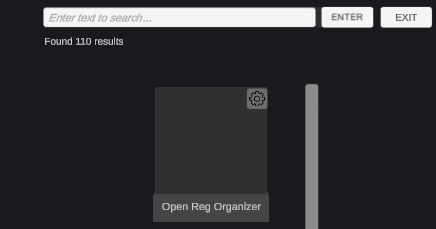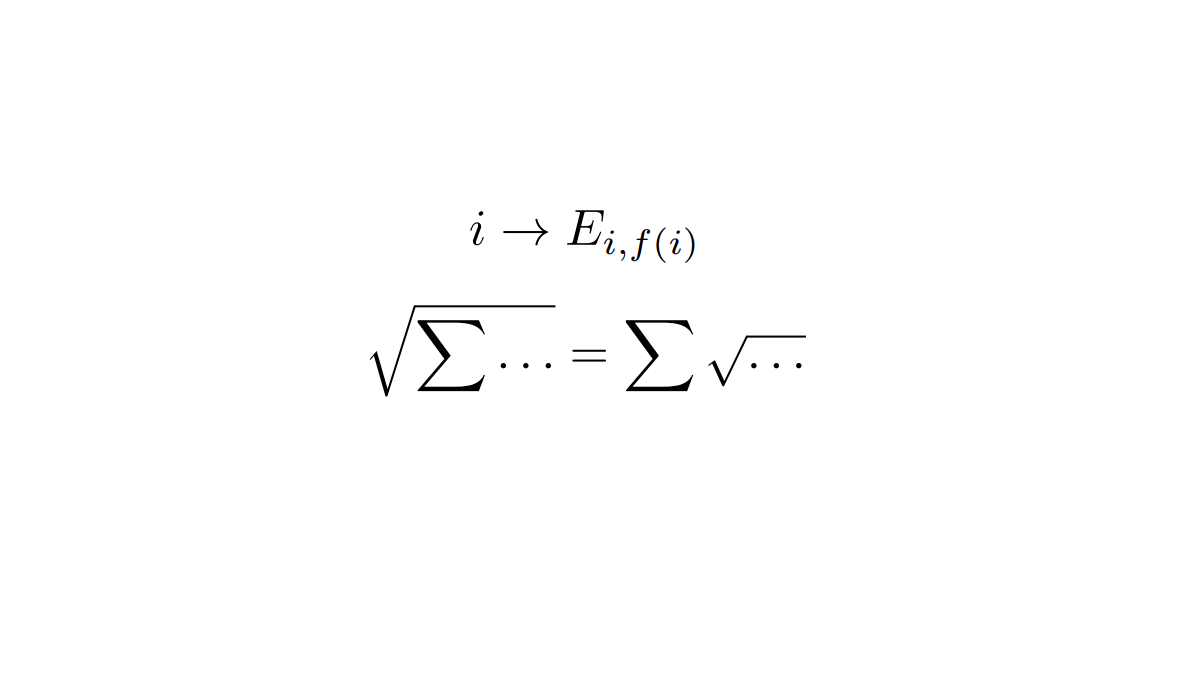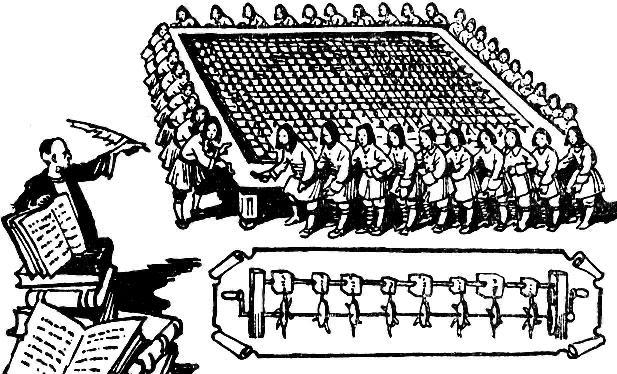The PVS-Studio team has been keeping the blog about the checks of open-source projects by the same-name static code analyzer for many years. To date, more than 300 projects have been checked, the base of errors contains more than 12000 cases. Initially the analyzer was implemented for checking C and C++ code, support of C# was added later. Therefore, from all checked projects the majority (> 80%) accounts for C and C++. Quite recently Java was added to the list of supported languages, which means that there is now a whole new open world for PVS-Studio, so it's time to complement the base with errors from Java projects.
The Java world is vast and varied, so one doesn't even know where to look first when choosing a project to test the new analyzer. Ultimately, the choice fell on the full-text search and analytical engine Elasticsearch. It is quite a successful project, and it's even especially pleasant to find errors in significant projects. So, what defects did PVS-Studio for Java manage to detect? Further talk will be right about the results of the check.

















